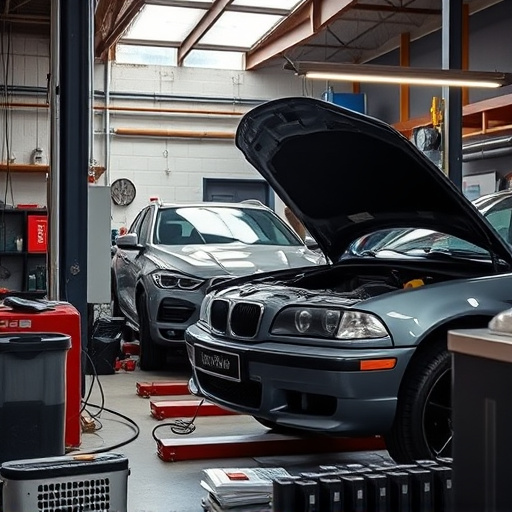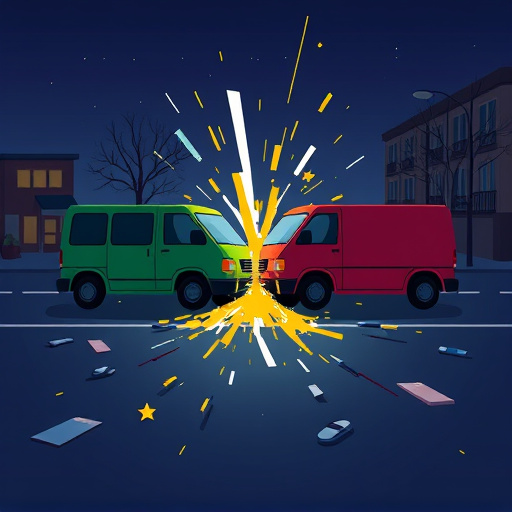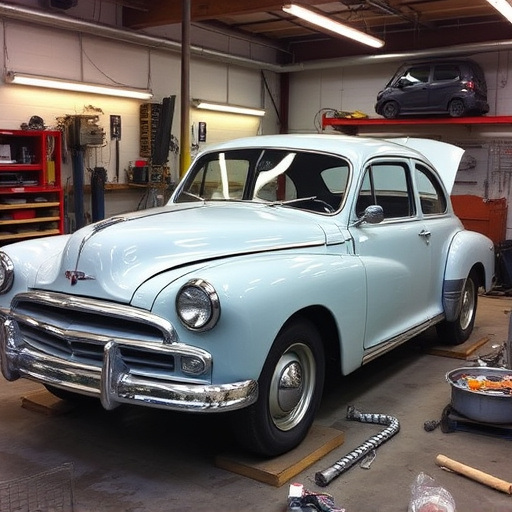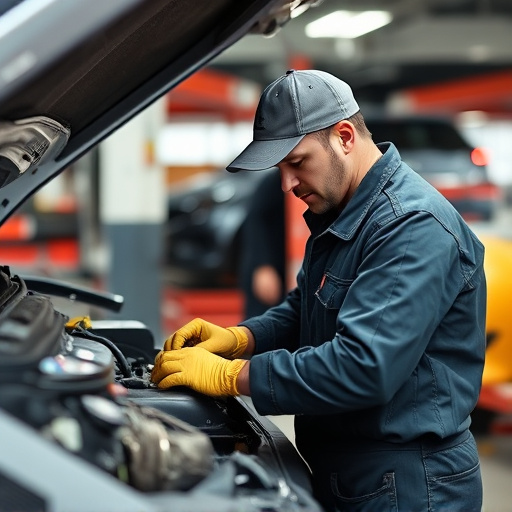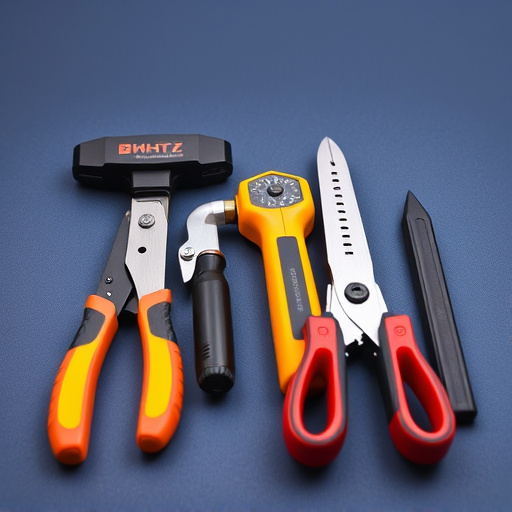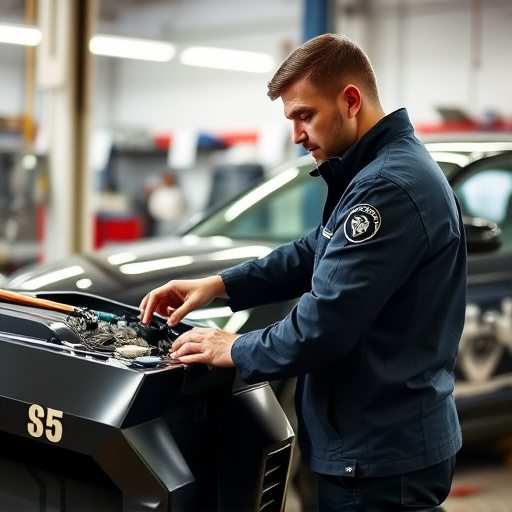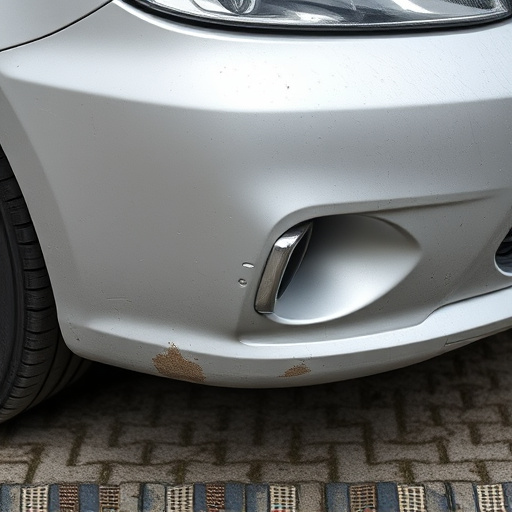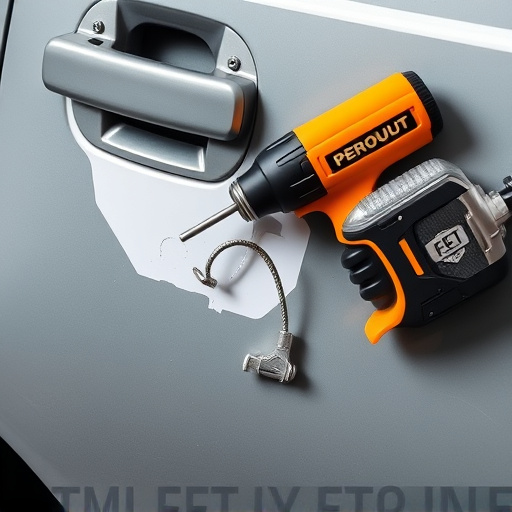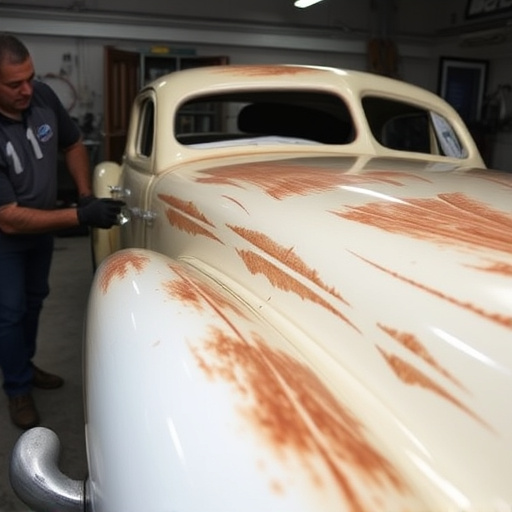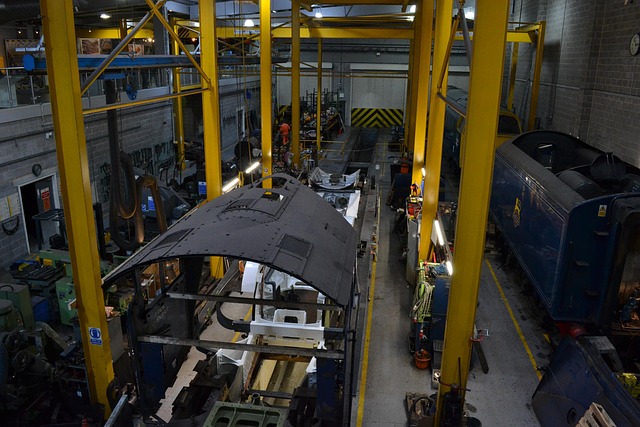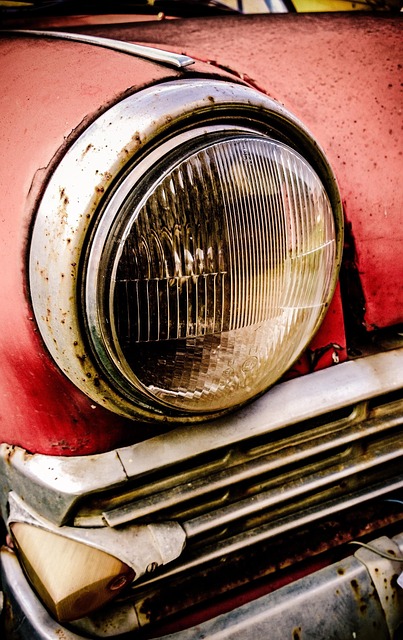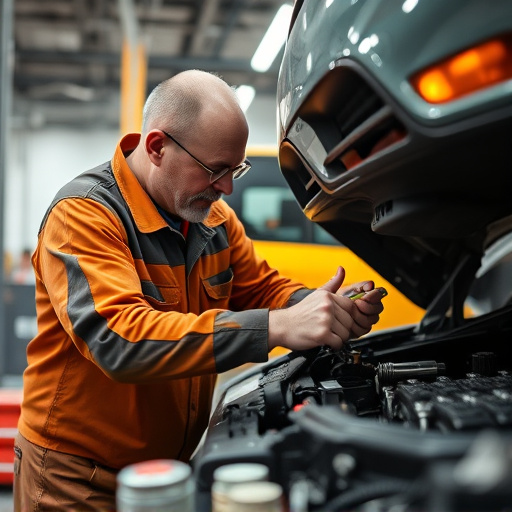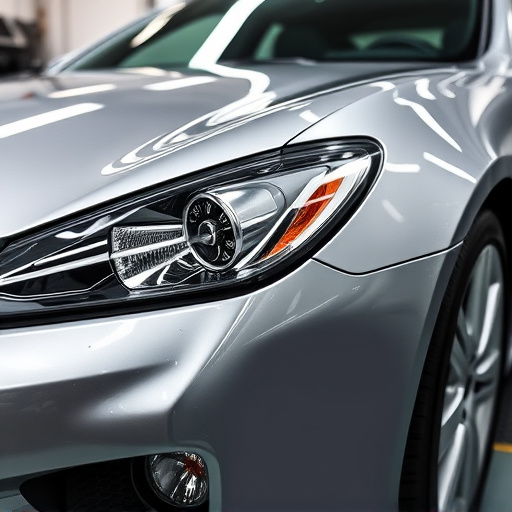Determining the need for follow-up checks after cooling system collision repair involves a thorough assessment of damage complexity, with specialized tools and diagnostic software identifying hidden issues. Repairs can take from 2-3 days to weeks based on extent, requiring consultation with a professional mechanic for tailored recommendations. Proper follow-up ensures optimal engine performance, prevents overheating, and focuses on quality and reliability in cooling system collision repair.
When addressing cooling system collision repair, scheduling follow-up checks is vital for ensuring optimal vehicle performance and safety. This article guides you through the process, offering insights on assessing damage, considering repair complexity, and understanding key factors influencing check timing. From environmental conditions to driving habits, we explore how these elements determine your post-repair schedule. Learn how to establish a comprehensive follow-up plan, including setting realistic expectations and recommendations for regular maintenance, ensuring peace of mind and the reliable operation of your vehicle’s cooling system.
- Assessing the Scope of Damage and Repair Complexity
- – Determining the extent of cooling system damage
- – Considering the type and duration of repair work
Assessing the Scope of Damage and Repair Complexity
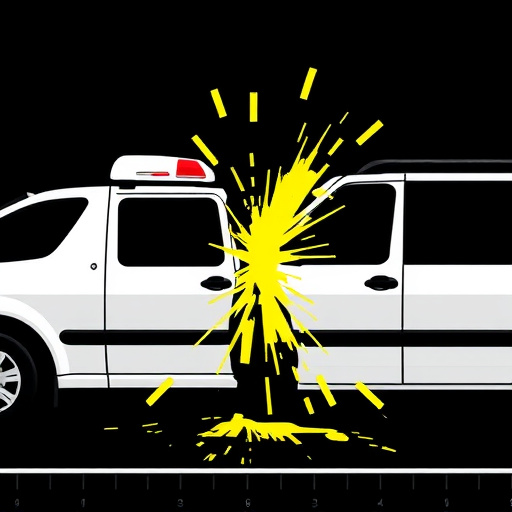
The first step in determining the need for follow-up checks after cooling system collision repair is to meticulously assess the scope of damage and complexity of repairs involved. Cooling systems, given their intricate nature and vital role in vehicle performance, often require specialized knowledge and techniques during both the repair and subsequent inspections. While some minor issues might be addressed promptly and efficiently, more extensive damage from a vehicle collision repair, including bumper repair or auto dent repair, could necessitate a more drawn-out recovery period.
The complexity increases when considering components like radiators, condensers, and hoses, which require precise alignment and functionality testing after replacement. Proper cooling system balance ensures optimal engine performance and prevents future overheating issues. Therefore, follow-up checks are crucial to verify the work’s integrity, especially in cases where cooling system collision repair encompasses more than superficial fixes, delving into comprehensive vehicle collision repair.
– Determining the extent of cooling system damage
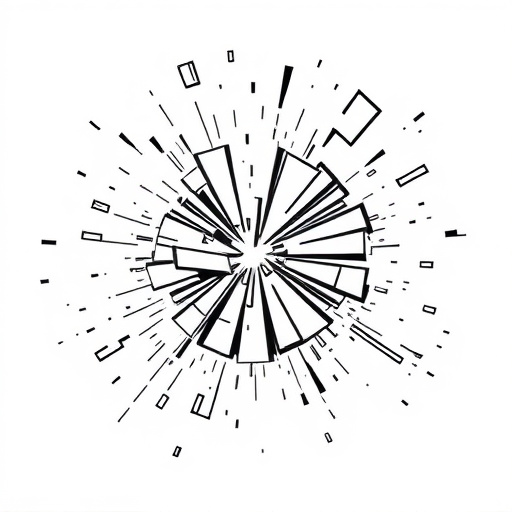
When assessing a cooling system collision repair, determining the extent of damage is crucial for scheduling appropriate follow-up checks. Beyond visual inspections, it’s important to consider factors like fluid leaks, corrosion, and potential damage to vital components like radiators, water pumps, and thermostats. A thorough examination by qualified technicians will help identify any hidden issues that could compromise the system’s effectiveness post-repair, ensuring a safe and efficient vehicle performance moving forward.
For example, in a Mercedes Benz repair scenario, where precision and quality are paramount, specialized tools and diagnostic software can be employed to monitor pressure levels, temperature readings, and electrical signals within the cooling system. This meticulous approach allows for a more accurate understanding of car damage repair, enabling technicians to set timely follow-up appointments to ensure complete restoration of the vehicle’s bodywork and optimal cooling system functionality.
– Considering the type and duration of repair work
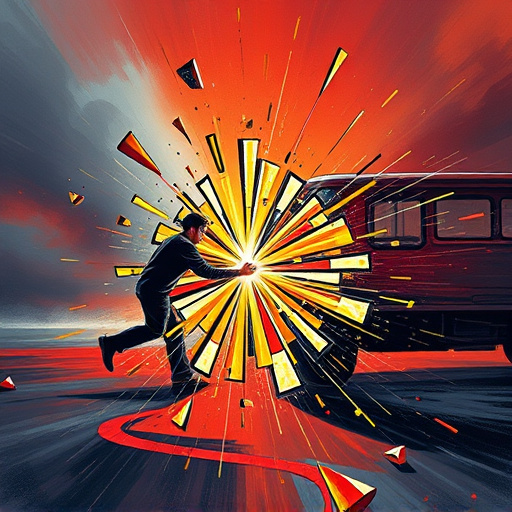
The timing for follow-up checks after cooling system collision repair depends greatly on the extent and complexity of the work done. For instance, a simple fender repair might only require a quick visual inspection to ensure the paint job is seamless and the cooling system components are undisturbed. In such cases, a check-up after 2-3 days could suffice. However, more intricate auto bodywork services involving extensive metalwork or replacement of multiple parts demand a more thorough assessment. These repairs could take weeks, necessitating regular checks at intervals suggested by the mechanic to verify the alignment, functionality, and integrity of the cooling system.
Understanding the duration of repair is key when scheduling follow-ups. Given that cooling system collision repair can vary significantly in scope, from minor tweaks to major overhauls, it’s crucial to consult with a professional mechanic who can provide insights tailored to your specific case. They’ll be able to recommend the optimal schedule for follow-up checks, ensuring not just the effectiveness of the repairs but also preventing potential issues down the line.
After a thorough assessment of the cooling system collision repair, scheduling appropriate follow-up checks is key. The complexity of the damage and repair process dictates the frequency of these checks. Generally, for minor repairs, a single post-repair test to ensure optimal performance is sufficient. However, for more extensive work, periodic evaluations over a set period are recommended to guarantee the system’s reliability. Regular monitoring, especially in cases of significant damage or lengthy repairs, helps identify any issues early on, ensuring a well-functioning cooling system and enhancing customer satisfaction.
